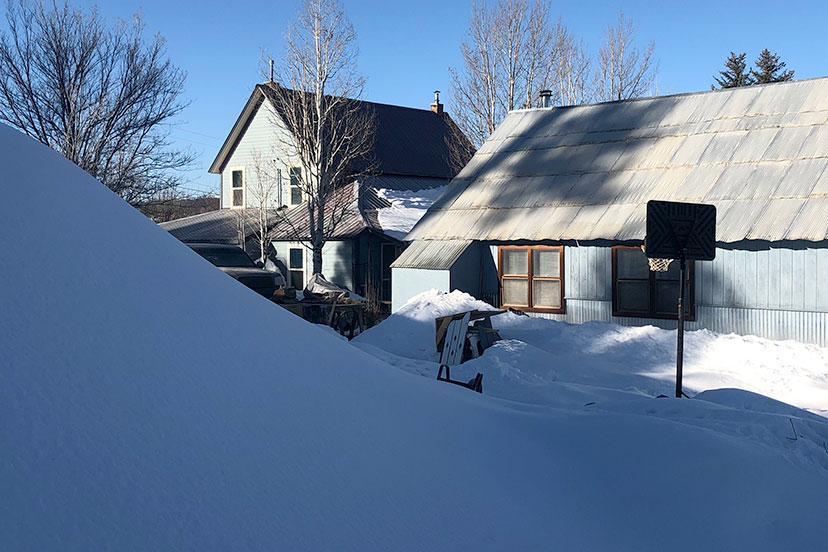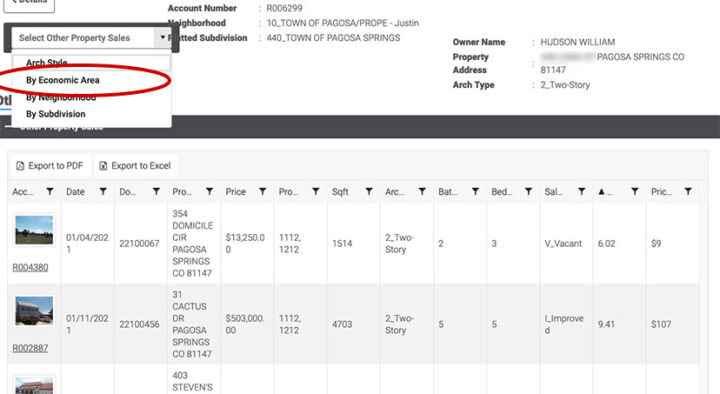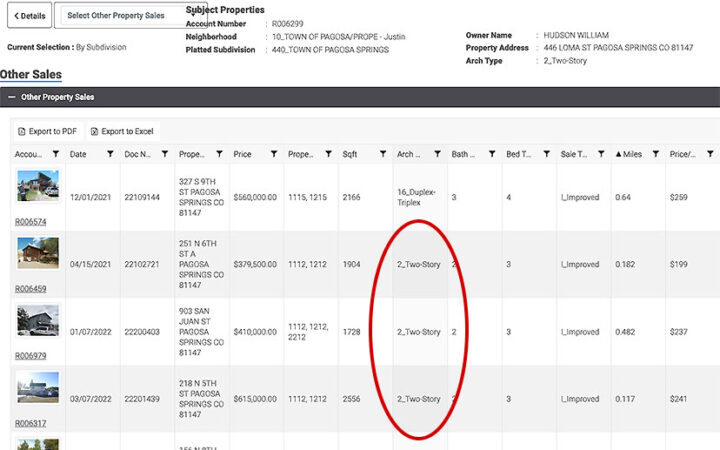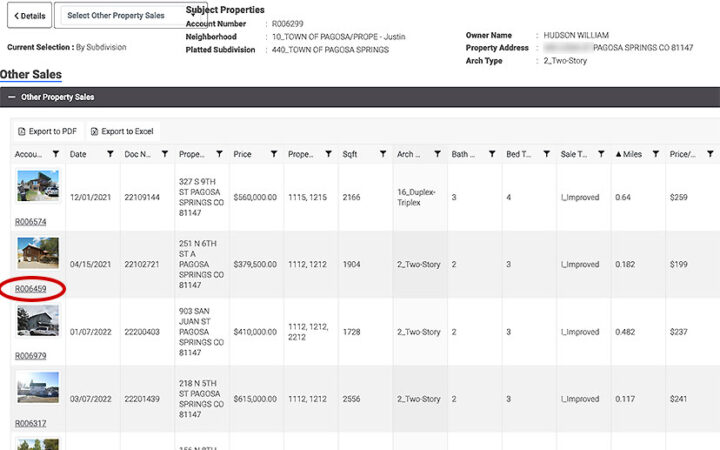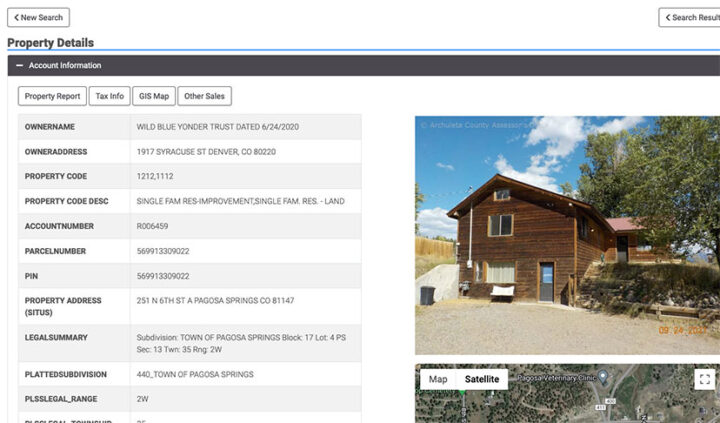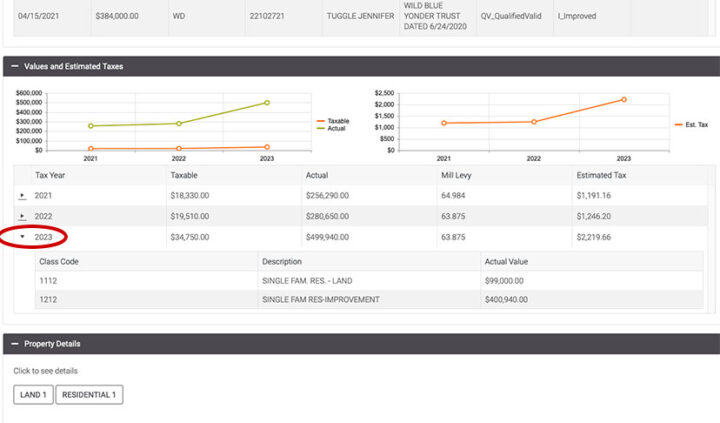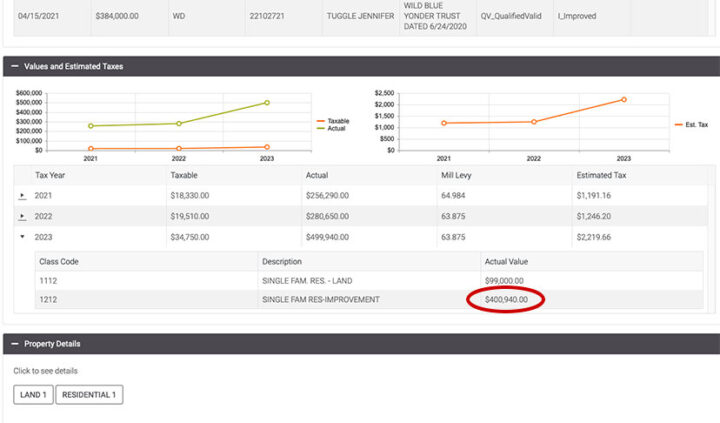The Assessors office is open from 8:00am to 4:00pm, however, all protests and appeals require an appointment. Please call 970-264-8310 to speak with an appraiser or email assessor@archuletacounty.org...
— from the Archuleta County Assessor’s website, May 2023.
We’re discussing the possibility of protesting a property valuation that you believe to be in error. As mentioned, this is not necessarily a simple process, although the actual filing of the protest might be simple enough. You can do that by calling the number above, to make an appointment. The final day to file a protest is June 8, 2023.
If the Assessor agrees with your protest, she will adjust your valuation. If she doesn’t agree, you can appeal the decision to the County Board of Equalization (CBOE) by July 15.
Two things to consider. If you merely complain to the Assessor that you think the valuation is “wrong”, but you don’t provide the Assessor with compelling evidence for your belief, you are probably wasting everyone’s time.
Also, you might be inviting a closer inspection of your property, which could potentially increase the valuation?
You can click here to download an information packet from Archuleta County Assessor Johanna Tully-Elliot about property valuation.
The packet includes a letter that states, in part:
…The Notice of Valuation for tax year 2023 that you recently received reflects sales from July 1, 2020 to June 30, 2022. This value reflects your market value or the value we believe you could have sold your land or home for as of the appraisal date, June 30, 2022. The increase reflected in your Notice of Valuation is a result of historically low mortgage rates, high demand for real estate, increased building costs and COVID-19…
As I understand the valuation process, it’s a different process for Land as opposed to Improvements (homes). The process for Improvements works like this:
The Assessor defines your house as belonging to a certain “Architectural Style”. In my case, the class is “2_Two-Story”. All the sales of “2_Two-Story” homes in the entire county — during the valuation period (July 1, 2020 through June 30, 2022) — are lumped together and the “median” sale price is determined. (Median means the middle, with 50% the sale prices being lower and 50% being higher.) Then, using that median price, each subdivision is adjusted to reflect the sales in that particular subdivision. Then each house is adjusted based on condition, quality, square footage, etc.
A mind-boggling process, really, considering that we’re talking about 7,764 residential homes in the county.
It’s my understanding that the Assessor needs 30 qualified sales in any given class, to produce a valid valuation. So when there are less than 30 sales in a given subdivision or neighborhood, adjacent areas will be combined to reach that required number.
The value of Land uses a different process. The sale prices of vacant land in each subdivision or neighborhood is lumped together and the median is determined. Then, adjustments may be made for each parcel, based on its size and other factors. That determines the Land value for your property.
Yesterday, in Part One, we visited the page where your Land and Improvements are valued. (We are discussing only residential properties with existing homes. Other types of real property might involve a similar level of research. Or maybe not?)
After finding the value of your Land and Improvements as described in Part One, you can click the button at the top of the screen to view sales related to your property.
The first screen will list the sales that are similar in terms of “Architectural Style”. In my case, there were 45 sales of “2-Two-Story” homes.
You can also look at the sales that took place in the same “Economic Area”, or the same “Neighborhood Area”, or the same “Subdivision”.
When I searched “Subdivision” — the smallest area , closest to my home— I found only three “2_Two-Story” sales.
Were they are “comparable”? Good question.
One of these properties is a combined “residential/commercial” property. Maybe not a good “comp”.
The other two look to be good comps, and not surprisingly, they have similar “Land” valuations as my own property.
How about the Improvements values?
To find the valuation for the Improvements (the buildings) you can click on each Account Number:
This will bring up a page of useful information about the property in question.
About 2/3 of the way down the page, you can find the values for the past three years, and you can click the little arrow left of the “Year” to open the Land and Improvements values…
I suspect — never having protested a property valuation in my 30 years in Pagosa — that a homeowner would have little luck protesting their Land value. But I could be wrong. (I was wrong once, back in 1976.)
The value of your house, itself, might be a better bet? Considering all the details that contribute to a home’s market value…
That valuation is listed as the “IMPROVEMENT”.
In the case of my own house, it was built out of pine boards in 1900, and has undergone considerable remodeling since that time. But it’s not what you would call “energy efficient”. The Assessor has the “heated square footage” as 2,070.
It’s currently valued by the Assessor at $694.340. That’s a bit of an increase since last year, when the property was valued at $364,530.
$595,340 is for Improvements, which include an old house (1900) , an old garage (1950?) converted into an art studio, and a pole barn (1950?) with no walls. It’s a reasonably attractive home.
The two “comps” in my subdivision are also older homes. One was built in 1903, and measures 2,556 square feet. It sold in March, 2022 (at the top of the market?) for $615,000. The Assessor has calculated the current value at $841,950, with about $693,450 being the Improvements — a home and a rustic shed — and the rest allotted to Land.
The other “comp” was built in 1952 and measures 1,904 square feet. It sold in April 2021 for $379,500. The Assessor has the current value pegged at $499,940, with $400,940 being Improvements.
Would these two “comps” be sufficient to convince me to protest my valuation?
Would they convince the Assessor… or the Board of Equalization?

